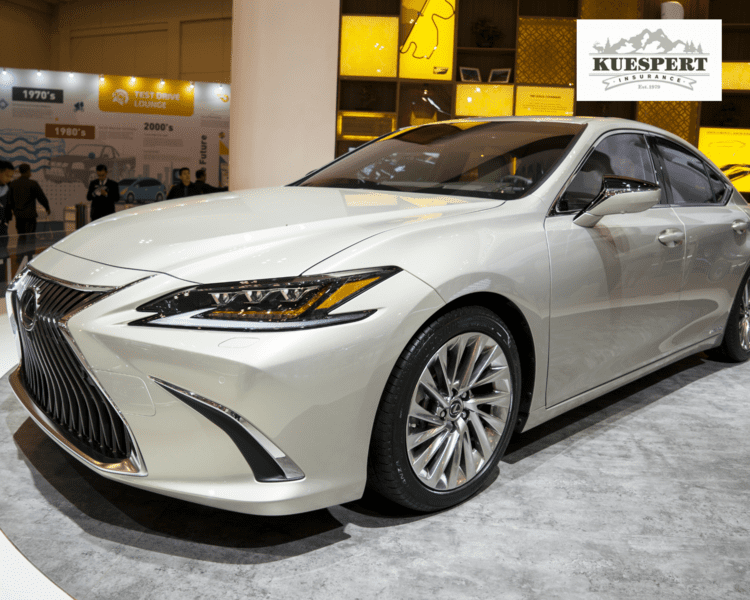
What Is Gap Insurance and Do I Need It?
When you purchase a new car, its value begins to depreciate the moment you drive it off the lot. If your vehicle is financed or leased, you might find yourself in a situation where the car's actual cash value (ACV) is less than the balance you owe on your loan or lease. This is where gap insurance becomes crucial. Here’s an in-depth look at what gap insurance is and whether you need it.
What Is Gap Insurance?
Gap insurance, or Guaranteed Asset Protection insurance, covers the difference between the actual cash value of your vehicle and the balance still owed on your financing or lease agreement if your car is totaled or stolen. Essentially, it protects you from having to pay out-of-pocket for a car you no longer have.
Example: Suppose you bought a car for $30,000 and financed the entire amount. After a year, your car is totaled in an accident. The car's ACV at the time of the accident is $22,000, but you still owe $25,000 on your loan. Without gap insurance, you would be responsible for the $3,000 difference between the insurance payout and the loan balance.
How Does Gap Insurance Work?
Gap insurance is typically sold as an add-on to your existing auto insurance policy. It kicks in when your car is declared a total loss by your insurance company due to theft or an accident. Here’s how it works:
- Insurance Payout: Your auto insurance pays out the ACV of your vehicle at the time of the loss.
- Gap Coverage: Gap insurance covers the remaining balance on your loan or lease that exceeds the ACV.
Benefits of Gap Insurance:
- Financial Protection: It prevents you from owing money on a car you can no longer use.
- Peace of Mind: Provides assurance that you won’t be left with a financial burden in the event of a total loss.
Do I Need Gap Insurance?
Gap insurance isn’t necessary for everyone, but it’s highly recommended in certain situations:
- Financed or Leased Vehicles: If you’ve financed or leased your car and made a small down payment or none at all, you’re likely to owe more than the car’s value in the early years of the loan or lease.
- Rapid Depreciation: Some vehicles depreciate faster than others. If your car’s value drops quickly, gap insurance can be a wise investment.
- High-Risk Areas: If you live in an area with high rates of car theft or accidents, gap insurance can provide additional security.
Who Might Not Need Gap Insurance:
- Paid Off Loans: If you’ve paid off your car loan or owe less than the car’s ACV, gap insurance isn’t necessary.
- Significant Down Payment: If you made a large down payment, your loan balance might be close to or less than the car’s value, reducing the need for gap insurance.
How to Purchase Gap Insurance
You can buy gap insurance from several sources:
- Auto Insurers: Many auto insurance companies offer gap insurance as an add-on to your existing policy.
- Dealerships: Car dealerships often sell gap insurance at the time of purchase or lease. However, this option can be more expensive than purchasing through an insurer.
- Lenders: Some lenders provide gap insurance as part of the financing agreement.
Tips:
- Compare Prices: Check the cost of gap insurance from different sources to ensure you get the best rate.
- Read the Fine Print: Understand what is covered and any exclusions that may apply.
Conclusion
Gap insurance is an essential consideration for anyone financing or leasing a vehicle, especially if you owe more than the car’s value. It provides crucial financial protection by covering the difference between your car’s actual cash value and the remaining loan balance in the event of a total loss. By evaluating your specific situation and understanding the benefits of gap insurance, you can make an informed decision about whether this coverage is right for you.
For more detailed information on gap insurance and to compare rates, consult your insurance agent or explore options with your auto insurer or lender.

